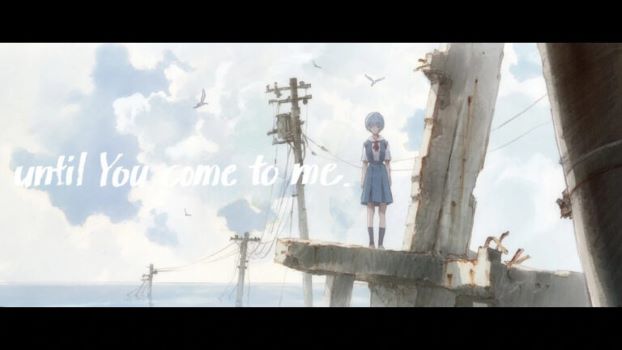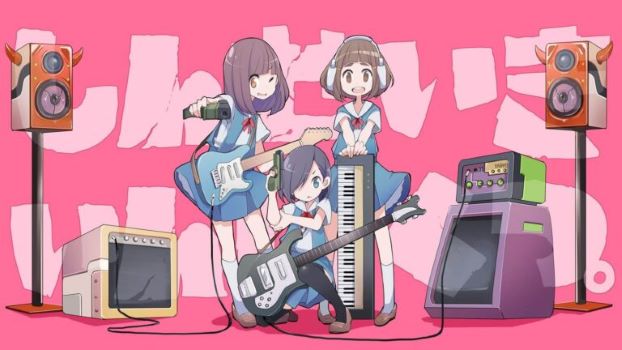Hideaki Anno loves animation. More than that, Anno has positioned himself similarly to his mentor and friend Hayao Miyazaki as the guy with enough clout and money to pay his animators a decent wage, foster new talent, and put the fear of god in major anime production studios by showing how amazing and innovative animation can really be. To that end, Anno has used the Evangelion IP as a means to get promising newcomers involved in major projects, just as Anno got his start in Miyazaki’s Nausicaä.
The Japan Animator Expo then makes perfect sense as something Anno and Miyazaki would do. A weekly series of animated shorts, during its brief period of existence the Expo paid up-and-comers in anime that most coveted of all currencies: exposure. And since Anno and his Studio Khara were fronting the bill for the Expo, of course sooner or later they would give animators a chance to use the most popular toys they had in their catalog. During its run, JAE would drink from the Evangelion well three times. So, before we hunker down and conclude this Eva retrospective, let’s take one last detour and check those shorts out.
until You come to me.

Pretty straightforward, this is essentially just a series of pretty pictures, but what pretty pictures they are. It’s also the only one of these shorts where we directly see Eva characters we know, most of the runtime focusing on Shinji walking around a beautiful, barren landscape, and Rei appearing briefly as well. Given the plugsuits and background, this is clearly set some time during the latter half of the Rebuild films, but where exactly in the timeline is a bit fuzzy. If I wanted to fan-theorize, I’d say it was most likely a dream sequence Shinji experiences during his hibernation, with some premonitory foreshadowing in the imagery. However, while the short is possibly a premonition, it’s probably just pretty. I don’t think you need to think too hard about continuity or the short’s place in it, because the ultimate aim is most likely just to give you a little extra Eva. You don’t need to watch it, but you’ll probably enjoy yourself if you do.
Evangelion: Another Impact (Confidential)

Even simpler than its predecessor, this one is really just an extended launch sequence of a new Eva unit before it goes rogue and blows some stuff up. You hear Rei’s voice at one point, hinting that some deeper machinations are afoot, but there’s really very little to this other than seeing a really cool robot being really cool. I wish there was more I could say about it, but that’s about all there is to say. Pretty colors robot smash. Yarg.
Neon Genesis: IMPACTS

This has the most ambitious plot of the three shorts, and explores a side of Eva that was always present but usually in the background. One of the strengths of NGE was how it didn’t ignore the impact frequent kaiju attacks had on the civilian population of Tokyo-3. And in this story, we see three young girls whose friend group is split apart, as their families move away one by one in the wake of Angel attacks. Said friend group had put together a band, and when the second girl moves away, she promises the last remaining girl that one day the group, and the band, will be reunited.
All that is sweet. Seeing a group of friends trying to soldier on even as the world is ending is truly compelling, and listening to one of their songs while images of happy memories flash on the screen drives home how precious this friendship is, and what Shinji and the other children are fighting to protect.
And then the short cuts to a shot of the last girl alone and miserable in a shelter, as explosions reverberate in the background. If that had been the downer note the short ended on, I would have been bummed out, but still on board. But then the screen goes black just as an extra-loud explosion sounds off, heavily implying that the girl was blown to bits and died. It all leaves the short feeling like an especially mean-spirited joke, the punchline being “Oh, did you want to see these kids happy? Well fuck you! LOL, butthurt!” And man, fuck you! Fuck off with that kind of shit, man. I know innocent people die in war and disasters and shit, but don’t structure that death like it’s a god-damn punchline. It all left me distinctly cold, and was a shitty note for the experience to end on.
So I guess now there’s only one thing left to watch.
